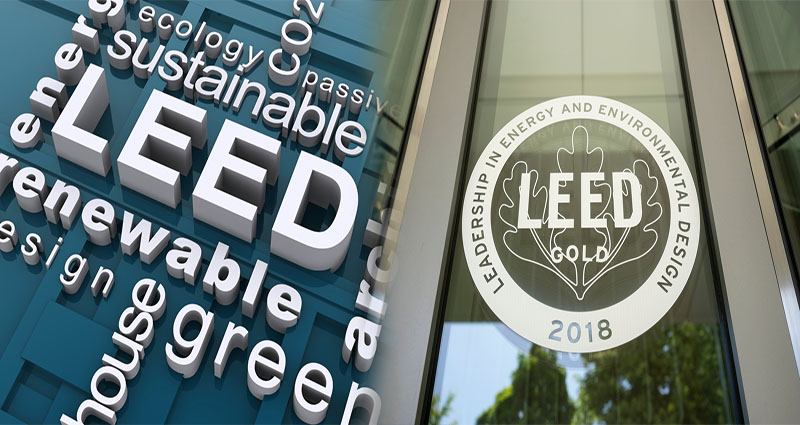Understanding LEED Certification Benefits and Requirements
Green buildings are in high demand as more people become environmentally conscious. The Leadership in Energy and Environmental Design (LEED) certification is one of the most recognized green building rating programs in the world. In this article, we will explore the benefits and requirements of LEED certification.
What is LEED Certification?
LEED certification is a voluntary program that promotes the design, construction, and operation of eco-friendly buildings. The LEED rating systems are designed to provide a framework for establishing healthy, efficient, and sustainable buildings. Green buildings that are LEED-certified promote energy efficiency, savings in water and reduced greenhouse gas emissions.
Benefits of LEED Certification
There are many benefits to getting a building LEED certified:
- Cost Savings: LEED-certified buildings typically save money over time on utility bills, water bills, maintenance and operations costs.
- Improved Air Quality: LEED certification requires buildings to meet strict indoor air quality standards. This ensures that the











